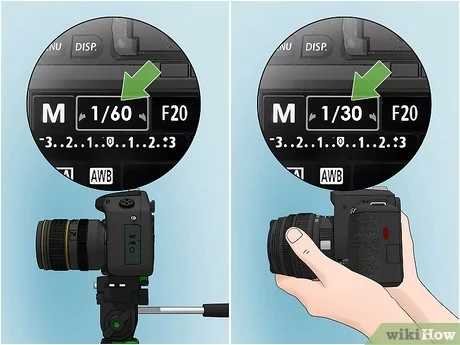Determining the appropriate shutter speed for different focal lengths involves considering the “reciprocal rule” or “1/focal length rule.” The reciprocal rule suggests that the minimum shutter speed should be approximately equal to the reciprocal of the focal length to minimize the effects of camera shake. Here’s how you can apply this rule:
- Determine the focal length: Identify the focal length of the lens you are using. It is usually indicated on the lens barrel or in the lens specifications.
- Calculate the minimum shutter speed: Take the reciprocal of the focal length. For example, if you’re using a 50mm lens, the reciprocal would be 1/50th of a second. If you’re using a zoom lens, consider the focal length at the telephoto end, as that is where camera shake is more noticeable.
- Adjust for crop factor (if applicable): If you are using a camera with a crop sensor, take the crop factor into account. Multiply the reciprocal shutter speed by the crop factor. For example, if your camera has a crop factor of 1.5x and you’re using a 50mm lens, the effective focal length would be 75mm (50mm x 1.5), and the minimum shutter speed would be 1/75th of a second.
- Make adjustments based on the situation: The calculated minimum shutter speed is a starting point, but you may need to adjust it depending on various factors such as the stability of your hands, the level of physical activity in the scene, and the presence of image stabilization. If you have steady hands or are shooting a stationary subject, you can typically use a slightly slower shutter speed. If the subject is in motion, you may need to increase the shutter speed to freeze the action effectively.
Remember that the reciprocal rule is a guideline rather than an absolute rule. It helps provide a starting point for selecting an appropriate shutter speed to minimize camera shake. However, different individuals may have different levels of stability, and external factors can also influence the sharpness of handheld shots. Therefore, it’s important to experiment, review your images, and adjust the shutter speed as needed to achieve optimal sharpness in your specific shooting conditions.
